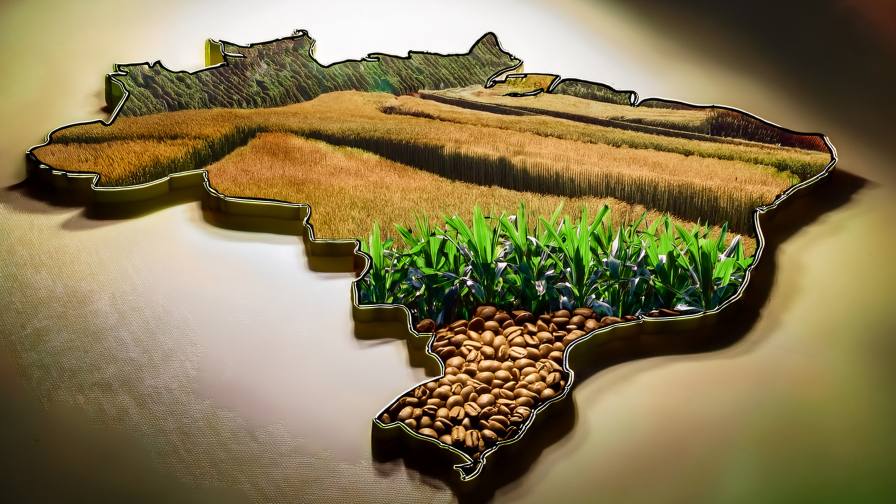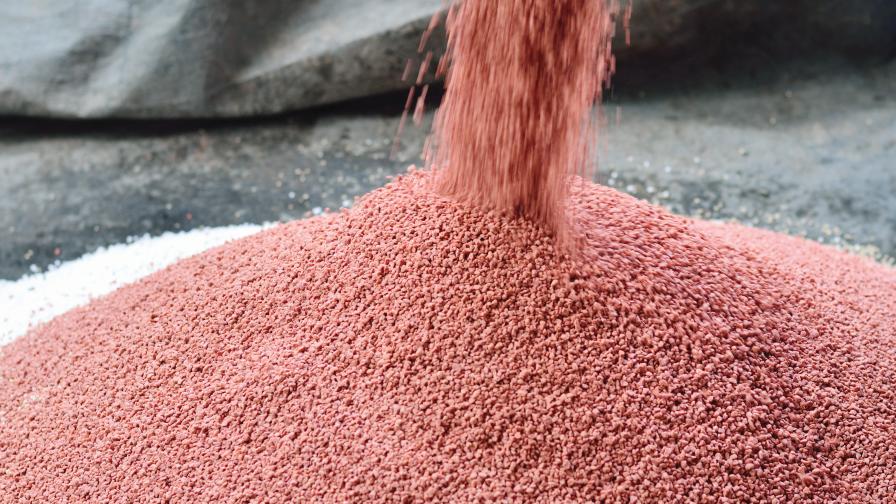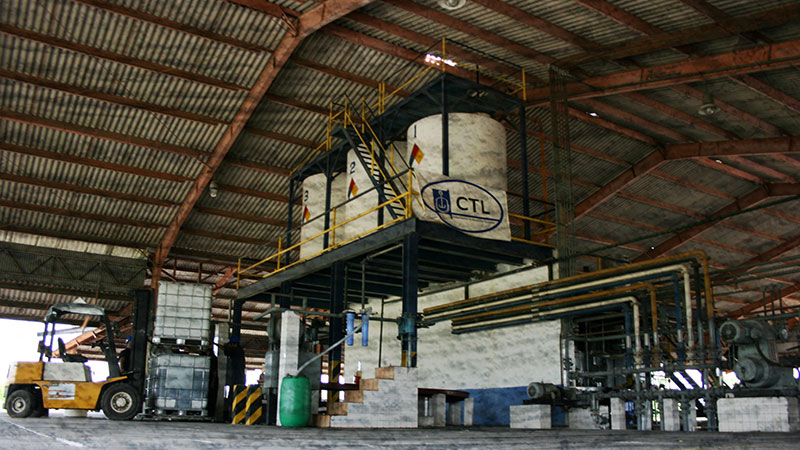How Will Ag Technology Impact the Growth of Biologicals?
Editor’s note: Each year, 2BMonthly’s State of the Industry feature includes a Q&A with executives from leading biocontrol and biostimulants companies worldwide. The 2024 feature touched on a wide range of prevailing topics including the investment climate for biologicals, where the industry’s biggest innovations are likely to come from, and the ongoing challenges related to the European regulatory climate. In the excerpt below, executives share insight on what aspects of ag technology they see as having the greatest impact on the growth in biologicals.
Q: What aspects of ag technology do you see as having the greatest impact on growth in biologicals?
Kevin Helash, Chief Executive Officer, Biotalys: Implementation of AI in terms of helping to screen for potent active ingredients across all aspects such as microbials, plant extracts, animal by-products, proteins, peptides and RNA. Once again, I believe proteins, peptides and RNA represent an entirely new technology platform for crop protection products. In my view, the jury is still out on the nitrogen-fixing products.
Pam Marrone, Co-founder & Executive Chair, Invasive Species Corporation: 1) “See and spray” application technologies; 2) Real-time pathogen and insect detection to time sprays more accurately; 3) AI/Machine-learning (ML) for field imaging to better predict how biologicals affect the crop; and 4) AI/ML applied to large microbial genome databases to better predict which microbes are the best for biocontrol or plant health.
Mark Trimmer, President & Founding Partner, DunhamTrimmer: I think there is some real synergy between Biologicals and Precision Agriculture, whether it’s remote sensing of pest populations, application technology using drones, or other approaches. I think we are also going to see some synergy between germplasm and genetics and the use of Biologicals in the future.
Another area is in the screening process for Biologicals. That has always been challenging. It was a numbers game. You had to screen thousands of microbes to find the one that had activity against the target pest you were seeking. But now with the use of artificial intelligence and machine learning, researchers can target specific gene sequences they are looking for, and that could greatly shorten the process of screening. You still have to go through all the regulatory and the product development process, but you can find a higher number of hits faster using some of those technologies.
Vladyslav Bolokhovskyi, CEO, BTU Biotechnology: The industry is evolving. With the growth of the biologicals market, ag technologies developers try to adapt their solutions to be applicable to biologicals as well. So such technologies as drones, the use of satellites for efficiency monitoring, the development of approaches to soil health measurements, technologies for “in-furrow” applications for small and medium farmers (including separate applicators for different substances), and many more developments help in better introduction and efficiency monitoring of biologicals.
Karel Bolckmans, Chief Strategy & Transformation Officer, BioFirst: The greatest impact from ag technologies will come from early detection technologies and precision application technologies. But ultimately the biggest impact will come from developing products that are highly efficacious, and which are not much more expensive than synthetic pesticides for the farmer, while providing an attractive profit margin for the distribution channels, that is at least on par with the profit margins for chemical pesticides, if not better.
View more expert insight on the state of the biologicals industry here.





